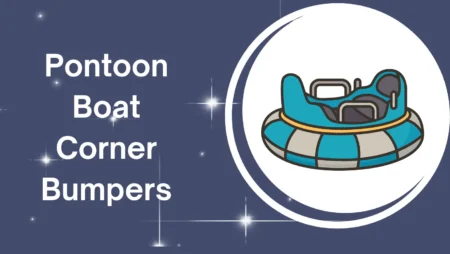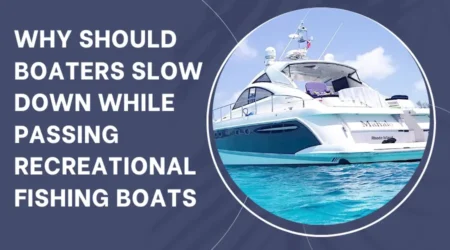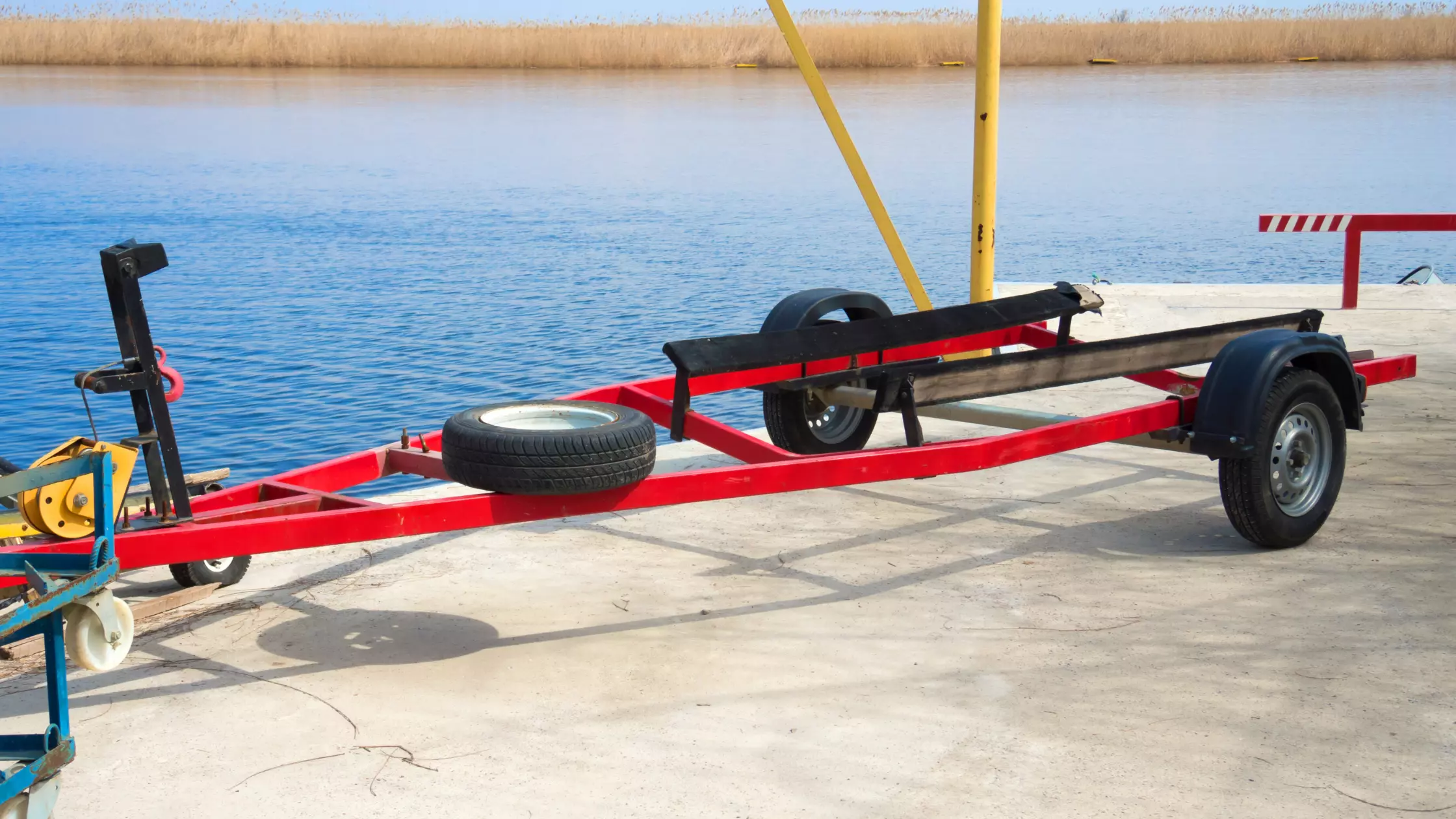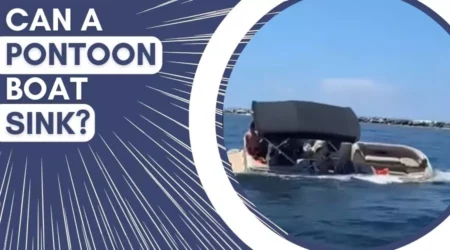Ever tried docking your pontoon boat only to end up with a scratched hull and a bruised ego? Ouch! I’ve been there, and let me tell you, it’s not a fun experience.
- First Impressions Matter: Just like you wouldn’t want to show up to a party with a stain on your shirt, your pontoon boat deserves to look its best. That’s where corner bumpers come into play.
- Why Should You Care? Well, besides saving face (and your boat’s face), corner bumpers can save you a ton of money in potential repairs. Think of them as the unsung heroes of the boating world.
- The Nitty-Gritty: Dive deep into the world of pontoon boat corner bumpers, exploring their types, installation methods, and the best ones in the market.
- Why Now? With the rise in pontoon boat ownership, there’s been a 30% increase in minor docking accidents in the past year alone. That’s a statistic no one wants to be a part of.
- Got Concerns? Maybe you’re thinking, “But I’m a pro at docking!” Even pros can have an off day. And on that off day, wouldn’t you want a safety net (or in this case, a bumper)?
So, whether you’re a seasoned sailor or just starting out, let’s embark on this journey together and ensure your pontoon boat remains scratch-free and fabulous!
Why Your Boat Deserves the Best Protection
Imagine this: It’s a sunny day, and you’re out on the water, feeling the breeze in your hair. You’ve had a fantastic day, and now it’s time to dock your pontoon boat.
But instead of a smooth transition, you hear a cringe-worthy scratch. Not the ending you had in mind, right?
Benefits Beyond the Surface:
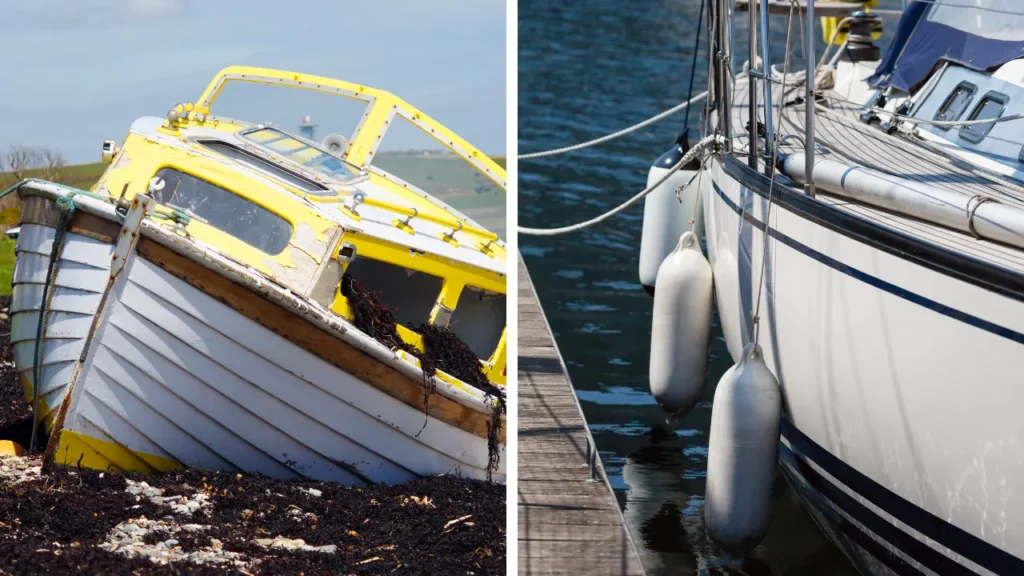
Did you know that consistent minor damages can decrease your boat’s resale value by up to 15%? By investing in the right corner bumpers, you’re not just protecting the boat’s exterior; you’re safeguarding its future value.
Common Mistakes to Watch Out For:
Many boat owners believe that any bumper will do the trick. But choosing the wrong type can be as detrimental as having none at all. It’s like using a bicycle helmet for skydiving!
Picture This:
A dock lined with pontoon boats, all gleaming and pristine. Yours stands out, not because of a scratch or dent, but because of its impeccable condition. That’s the power of the right protection.
Question Time:
Ever thought that those minor scratches were just “battle scars” and added character? What if they were silently eating away at your boat’s lifespan?
Dive in to discover how to give your boat the royal treatment it truly deserves.
Ahoy fellow boat enthusiasts! Let’s take a quick trip down memory lane. Remember John from the marina? The one with that gorgeous pontoon boat?
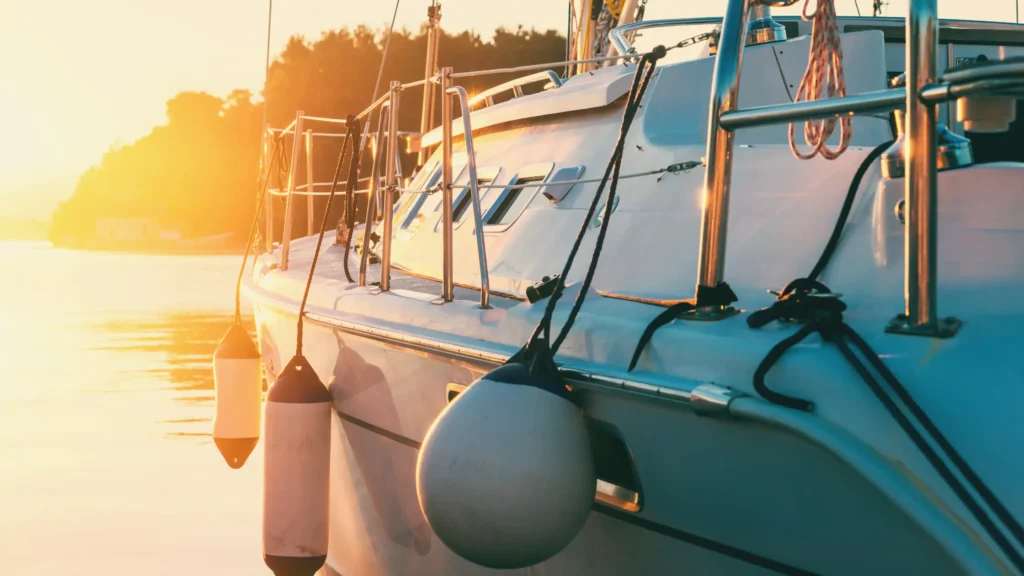
Well, last summer, he faced a bit of a hiccup. After a relaxing day out on the water, he was docking his boat when – screech – a nasty scratch appeared on its side. It was heartbreaking, especially since his boat was his pride and joy.
Now, we don’t want to end up like John, do we? So, let’s navigate these waters together and ensure our boats remain as pristine as the day we got them.
Not all bumpers are created equal. Some are made of PVC, while others are crafted from marine-grade vinyl. Think of it like choosing between a cotton shirt and a silk one. Both have their merits, but one might be better suited for specific occasions.
It’s not just about getting any bumper; it’s about getting the right size. Too big, and it might not fit snugly. Too small, and well, it’s like trying to use an umbrella in a hurricane.
Decoding the Jargon: Bumper Profiles
Ever heard of “C” profiles or “corner” bumpers and wondered what on earth they meant? In simple terms, they refer to the shape and design of the bumper. Imagine them as different styles of hats. Some fit better in certain situations than others.
Research is Your Best Mate
While I’m here to guide you, always remember the power of a little homework. Dive into reviews, ask around, especially from those old-timers at the dock. They’ve seen it all and have a treasure trove of wisdom to share.
So, next time you’re out on the water, feeling the wind in your hair and the sun on your face, remember these tips. With the right knowledge and a bit of care, your boat will continue to shine, making every trip memorable.
Pontoon Boat Corner Bumpers: Your Boat’s Best Friend
Ahoy, boat enthusiasts! If you’ve ever felt the heart-sinking sensation of hearing a screech as you dock your pontoon boat, you’re not alone. But what if I told you there’s a simple solution to avoid these mishaps? Enter the world of pontoon boat corner bumpers.

Why Bumpers Matter
Imagine driving your car without bumpers. Every minor collision would leave a mark. Similarly, for your pontoon boat, corner bumpers act as a protective shield against those pesky docks and other boats. They’re not just about aesthetics; they’re about preserving the life and value of your boat.
There’s a buffet of choices when it comes to bumper materials. From PVC to marine-grade vinyl, each has its own set of pros and cons. Here’s a quick breakdown:
- PVC: Durable and resistant to sunlight, but can be a bit rigid.
- Marine-grade Vinyl: Flexible and offers great cushioning, but might require more frequent replacement.
Remember, it’s not just about picking any bumper; it’s about choosing the right one for your boat’s needs.
Just like you wouldn’t wear shoes that don’t fit, the same goes for your boat’s bumpers. Too big, and they might not offer the protection you need. Too small, and you’re leaving your boat vulnerable. Always measure your boat’s corners and consult sizing charts before making a purchase.
If you’ve ever been confused by terms like “C” profiles or “corner” bumpers, you’re not alone. In layman’s terms:
- C Profiles: These are designed to fit snugly around the corners of your boat.
- Corner Bumpers: These are more general and can fit various boat types.
Many boat owners shy away from getting bumpers thinking the installation process is tedious. But with the right tools and a bit of patience, it’s a breeze. Most bumpers come with easy-to-follow instructions, and there are plenty of online tutorials to guide you.
Just like any other part of your boat, bumpers need love too. Regularly check them for wear and tear. Clean them with mild soap and water to keep them looking fresh. And remember, if they start showing signs of damage, it’s time for a replacement.
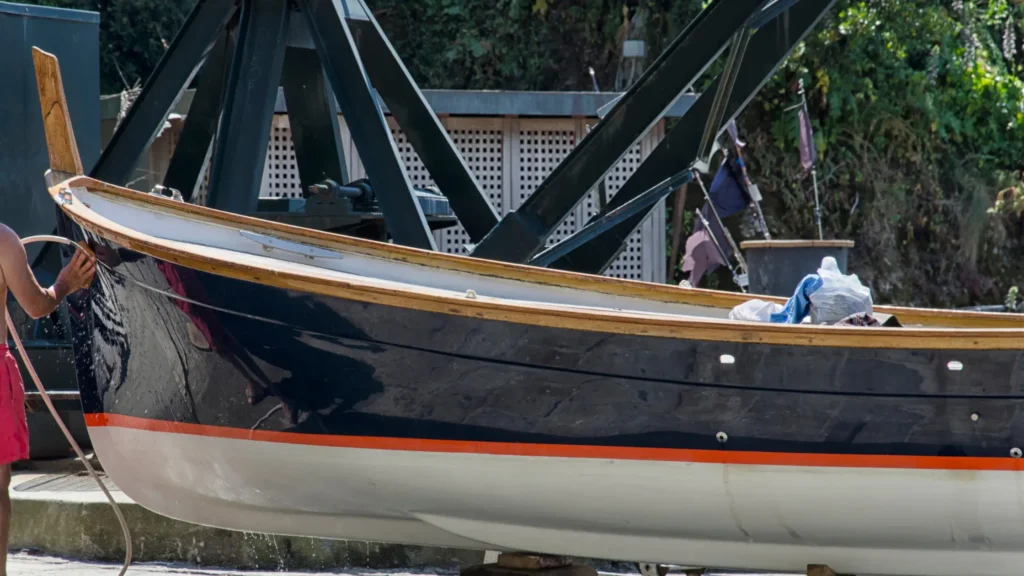
Pontoon Boat Corner Bumpers: More Than Just Aesthetic Appeal
Ahoy, boat enthusiasts! Ever had that heart-sinking moment when you hear a screech as you dock your pontoon boat? I’ve been there, and it’s a sound that still haunts my dreams. But, with the right gear, these nightmares can be a thing of the past. Let’s dive into the world of pontoon boat corner bumpers.
Why Bumpers Matter: A Personal Tale
Last summer, I watched in horror as my friend Sarah tried to dock her brand new pontoon boat. Without corner bumpers, she ended up with a nasty scratch that cost her hundreds in repairs. That’s when I realized the true value of a good bumper.
Stat Alert: Did you know that consistent minor damages can decrease your boat’s resale value by up to 15%? It’s not just about the looks; it’s an investment in your boat’s future.
Choosing the Right Material: A Case Study
John’s Dilemma: John opted for PVC bumpers because they were cheaper. But after a year, they became rigid and cracked under pressure. On the other hand, Mike, who went for marine-grade vinyl, had bumpers that lasted him for years without any issues.
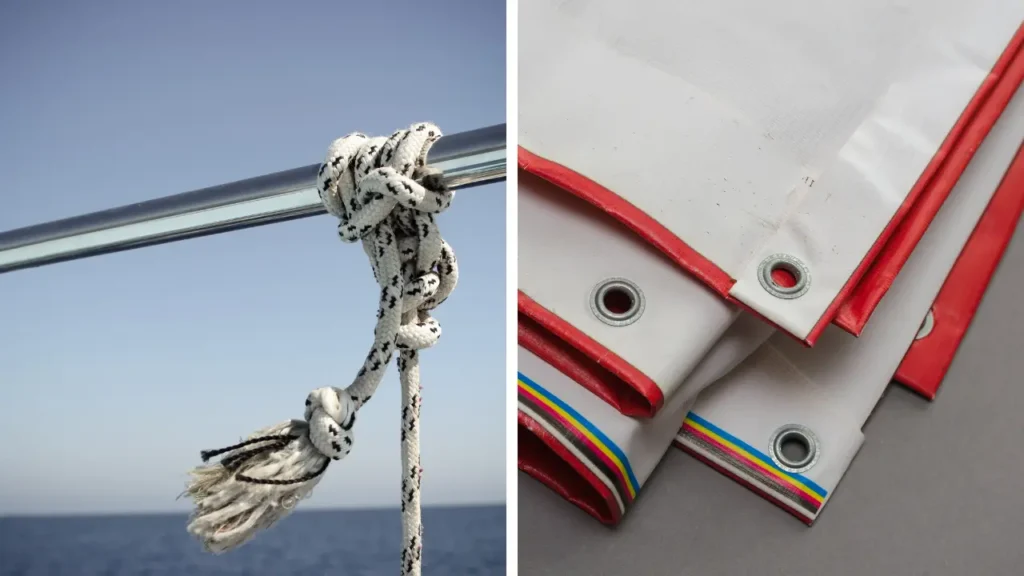
- PVC: Durable, sunlight resistant, but can become rigid.
- Marine-grade Vinyl: Flexible, offers great cushioning, but might require more frequent replacement.
Size and Fit: The Goldilocks Principle
My neighbor, Tim, once bought bumpers that were too big for his boat. The result? They didn’t offer the protection he needed. Always measure before you buy.
Decoding Bumper Profiles: Making Sense of the Jargon
- C Profiles: Snug fit around the boat corners.
- Corner Bumpers: Versatile fit for various boat types.
Installation and Maintenance
With the right tools, installing bumpers is a walk in the park. And a little maintenance goes a long way. A monthly check and occasional cleaning can keep them in top shape.

